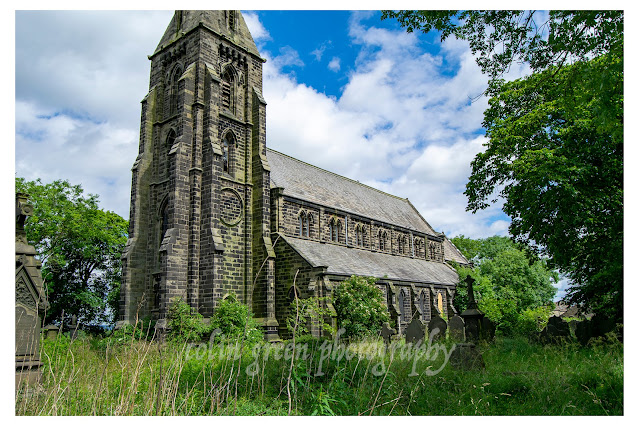Nestled alongside the bustling Sowerby Bridge Railway Station, a silent testament to the town's industrial past stands in quiet decay: the Grade II listed coal drops. These fifteen imposing structures, part of a sweeping viaduct and embankment that stretches towards the enigmatic Dixon Scar Tunnel, paint a vivid picture of a bygone era, a time when coal fueled the heart of the region.
Built around 1875, just before the station's relocation to its current site, these coal drops were a vital artery in the town's economic life. Imagine the scene: steam locomotives chugging along the elevated tracks, their wagons laden with coal, ready to be unloaded into the waiting drops below. From here, the fuel would be distributed to homes and businesses across Sowerby Bridge, powering industries and warming hearths.
The very design of the drops speaks to their purpose. Each one, a sturdy brick and stone structure, was engineered to facilitate the efficient transfer of coal from railway wagon to ground level. The raised embankment, a marvel of Victorian engineering, allowed gravity to do much of the work, streamlining the delivery process. This system remained in active use until the 1970s, a testament to its effectiveness and the enduring reliance on coal.
However, time and changing energy landscapes have taken their toll. The coal drops, once a hive of activity, now stand largely abandoned. Though the yard below occasionally sees use by various companies, the structures themselves are left to weather the elements.
Their historical significance was recognized on July 19th, 1988, when they were granted Grade II listed status. This designation should have ensured their preservation, yet the reality has been one of gradual decay. The wooden components, visible in older photographs, have largely vanished, leaving gaping voids that speak to years of neglect.
For a time, there was a glimmer of hope. A plan emerged to breathe new life into these historic structures, envisioning the conversion of each drop into unique housing units. This ambitious project, promising a blend of industrial heritage and contemporary living, captured the imagination of many. However, over the years, the plan appears to have been shelved, leaving the future of the coal drops uncertain.
The story of the Sowerby Bridge coal drops is more than just a tale of architectural decay. It's a poignant reminder of the town's industrial roots, a tangible link to the generations who shaped the landscape we see today. As we walk past these silent sentinels, we are compelled to ask: what will become of them? Will they continue to fade into obscurity, or will a new vision emerge to restore their dignity and ensure their legacy for future generations?
The coal drops stand as a powerful symbol of a changing world. They whisper stories of innovation, industry, and the relentless march of progress. But they also raise important questions about preservation, adaptation, and the responsibility we bear to our industrial heritage. Perhaps, by remembering the past, we can find inspiration for the future, and find a way to give these remarkable structures a new purpose in the 21st century.

























































